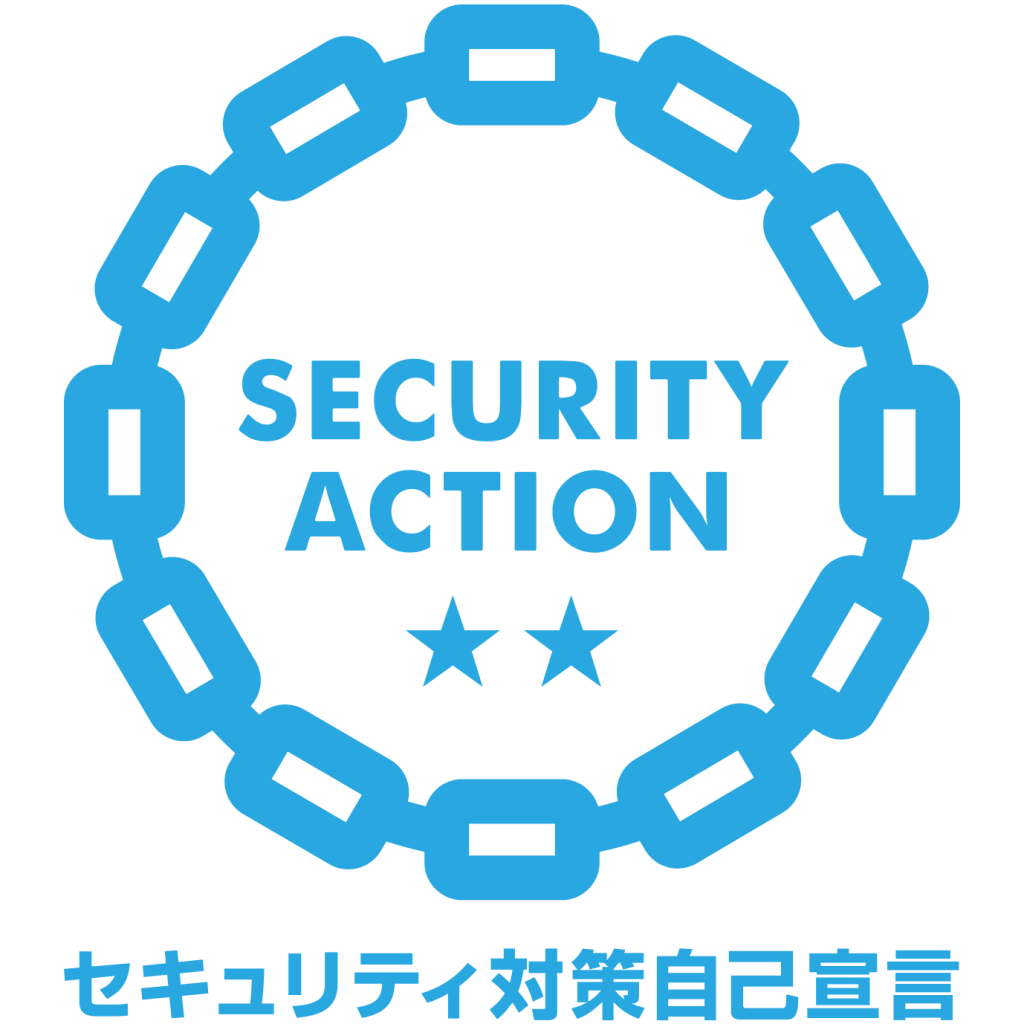海外関連事業部会 仲田 清
昨年の12月号で機械翻訳の歴史と、利用の仕方についての考察を書きましたが、今回は実際に機械翻訳を試してみました。
1番目は溶接に関する技術文書を日本語から英語に、2番目は米軍安全規則を英文から日本語に翻訳して見ました。各々、人間による翻訳、Google翻訳、DeepL翻訳の順に行いました。また、1番目については2019に試した結果が残っていたので、2年半の機械翻訳の進歩?も比較できます。
翻訳結果を比較評価してみましょう。
日本語⇒英語
- 全体として、DeepL翻訳の方が、人の翻訳に近く、文章の流れが滑らかで洗練されています。一方、Google翻訳は直訳気味です。この部分は2022年訳で大分改善されてきました。
- 翻訳の正しさについては、どちらも概ね合っています。ただしDeepL翻訳は構文によって、同じ個所を2度訳すことが起きます。翻訳例では2022年訳では改善されていますが、別の文章で同じことが発生しましたので、完全には直っていないようです。
- 専門用語については、どちらも対応できていません。例えば「高温割れ⇒hot crack(ing)」のように溶接・冶金の特別な用語については、専門の辞書がないと対応は難しいでしょう。研究会翻訳では今回JISの対語集や溶接協会の用語辞典を使いました。
なお、IT関連の専門用語については、どちらも対応できているそうです。餅は餅屋ですね。
英語⇒日本語
- 短い文章ですが、関係代名詞も入り、andで複数の構文が繋がっています。GoogleもDeepLもこの程度の長さなら大丈夫そうです。やはり英訳と同様Googleは直訳調、DeepLの方が、文章の流れが滑らかな気がします。人による訳は、訳者が言葉を補足して意味をより明確にしています。言葉の補足は原文の意図を完全に理解していないと出来ないことなので、ここは人間の強みになります。また、人による翻訳の方が、規定の性格に合わせたことば使いになっています。
- 用語について、一般用語では大きな問題は無さそうです。
全体として評価すると、前回同様個人的に大体の内容が分かれば良い時の、確認用には充分実用レベルといえます。また、GoogleとDeepLを比較すると、現時点では後者の方がよりきれいな翻訳で、誤りも少ないので、お勧めです。
この様に機械翻訳は、日常生活や旅行での外国人とのコミュニケーション道具として充分なレベルにあると判断できます。一方、業務上の正式な文書の翻訳には、翻訳の正確さ、文章の洗練さで、人間にはまだ負けていると思います。皆様の評価は如何でしょうか。
以下に今回行った翻訳比較例を提示しているので、比べて見てください。
-翻訳比較、機械翻訳(Google翻訳&DeepL翻訳)と人による翻訳-
1. 技術文書:日本語⇒英語
1.0 日本語原文
18 % Crー8 % Niステンレス鋼を代表とするオーステナイト系ステンレス鋼は.種類も多く、使用量も他のステンレス鋼に比較すると格段に多い。焼入硬化性もなく低温割れを起こさないため、予熱後熱が不要であり比較的溶接も容易である。ただし.不純物であるP、Sなどの含有量が多いと、溶接部に溶 融凝固過程で高温割れが生ずる場合がある。その発生は、不純物が最終凝固部の結晶粒の間に集まり、粒界の融点を下げるのが主原因である。また、Nbな ども割れ性を増長する元素であり. SUS347などは高温割れ性が高いので注意が必要である。
1.1 産業クラスター研究会訳
Austenitic stainless steels, represented by 18% Cr-8% Ni stainless steels, are of many types and are used significantly more than other stainless steels. Since it has no quench hardening property and does not cause cold cracking, preheating and post-heating are unnecessary, and welding is relatively easy. However, if the content of impurities such as P and S is high, hot cracks may occur in the welded portion during the melt-solidification process. The main cause of this is that impurities collect between the crystal grains in the final solidification part and lower the melting point of the grain boundary. Also, Nb is an element that increases cracking properties, so SUS347 is sensitive to hot cracking, so care must be taken.
1.2 GOOGLE翻訳
a) 2019/12/8
There are many types of austenitic stainless steels such as 18% Cr-8% Ni stainless steel, and the amount used is much larger than other stainless steels. Since it does not cause cold cracking that is hard to harden, preheating and post-heating are unnecessary and welding is relatively easy. However, if the content of impurities such as P and S is high, hot cracking may occur in the weld zone during the melt solidification process. The main cause of the occurrence is that impurities gather between crystal grains in the final solidified portion and lower the melting point of the grain boundary. Nb and other elements increase cracking. SUS347 and other materials have high hot cracking, so care must be taken.
b) 2022/4/3
Austenitic stainless steels representing 18% Cr-8% Ni stainless steel are available in many types and are much higher than other stainless steels. Since there is no quenching curing and low temperature cracking is not caused, heat after preheating is unnecessary and welding is relatively easy. However, if the content of P, S, etc., which are impurities, is high, high temperature cracking may occur in the welding portion during the melting and coagulation process. The generation is mainly caused by impurities gathering between the grains in the final solidification part and lowering the melting point of the grain boundary. It is also an element that increases crackability even if Nb. Sus347 and the like have high high temperature crackability, so care must be taken.
1.3 DEEPL翻訳
a) 2019/12/8
Austenitic stainless steels, such as 18% Cr-8% Ni stainless steels, are available in a wide variety of types and in a much larger quantity than other stainless steels. There are many different types of austenitic stainless steels, and the amount used is much higher than that of other stainless steels. It is relatively easy to weld because it does not require any preheating or post-heating because it has no quench hardening or low temperature cracking. However, if the content of impurities such as P, S, etc. is high, high temperature cracking may occur in the melt-solidification process at the welded area. However, if the amount of impurities such as P and S is high, high temperature cracking may occur in the welded area during the melt-solidification process. Its occurrence is mainly due to impurities accumulating between the grains in the final solidification zone and lowering the melting point of the grain boundaries. In addition, Nb is an element that increases the cracking property. SUS347 has high cracking property at high temperature, so care should be taken.
b) 2022/4/3
Austenitic stainless steels, such as 18 % Cr-8 % Ni stainless steels, are used in the production of austenitic stainless steels. There are many types of austenitic stainless steels, and they are used in much larger quantities than other stainless steels. Since they are not hardenable and do not crack at low temperatures, they do not require preheating and are relatively easy to weld. However, it does not have a high hardenability. If impurities such as P and S are high, high-temperature cracking may occur in the weld zone during the fusion-solidification process. The main cause is that impurities collect between crystal grains in the final solidification zone and lower the melting point of the grain boundary. Nb is another element that increases cracking. Care should be taken with SUS347, for example, as it is highly susceptible to cracking at high temperatures.
2.米軍安全規則(EM385):英語⇒日本語
2.0 英文オリジナル
Risk management is a business process that includes the identification, assessment, and prioritization of risks, followed by coordinated and economical application of resources to minimize, monitor, and control the probability and/or impact of unfortunate events to an acceptable level.
2.1 日本語版
リスクマネジメントとは、リスクを特定し、評価して、リスクの優先順位付けをする一連の行為であり、その結果に基づき、不幸な事故の可能性や影響を、許容できるレベルに最小化し、モニターし、コントロールして、人的/物的資源を組織的、経済的に活用することである。
2.2 Google翻訳
リスク管理は、リスクの特定、評価、優先順位付けを含むビジネスプロセスであり、その後、不幸な出来事の可能性および/または影響を許容可能なレベルまで最小限に抑え、監視し、制御するためのリソースの協調的かつ経済的な適用が含まれます。
2.3 DeepL翻訳
リスクマネジメントとは、リスクの特定、評価、優先順位付けを行い、次にリソースを協調的かつ経済的に活用し、不幸な事象の発生確率や影響を許容レベルまで最小化、監視、制御するビジネスプロセスである。
以上
